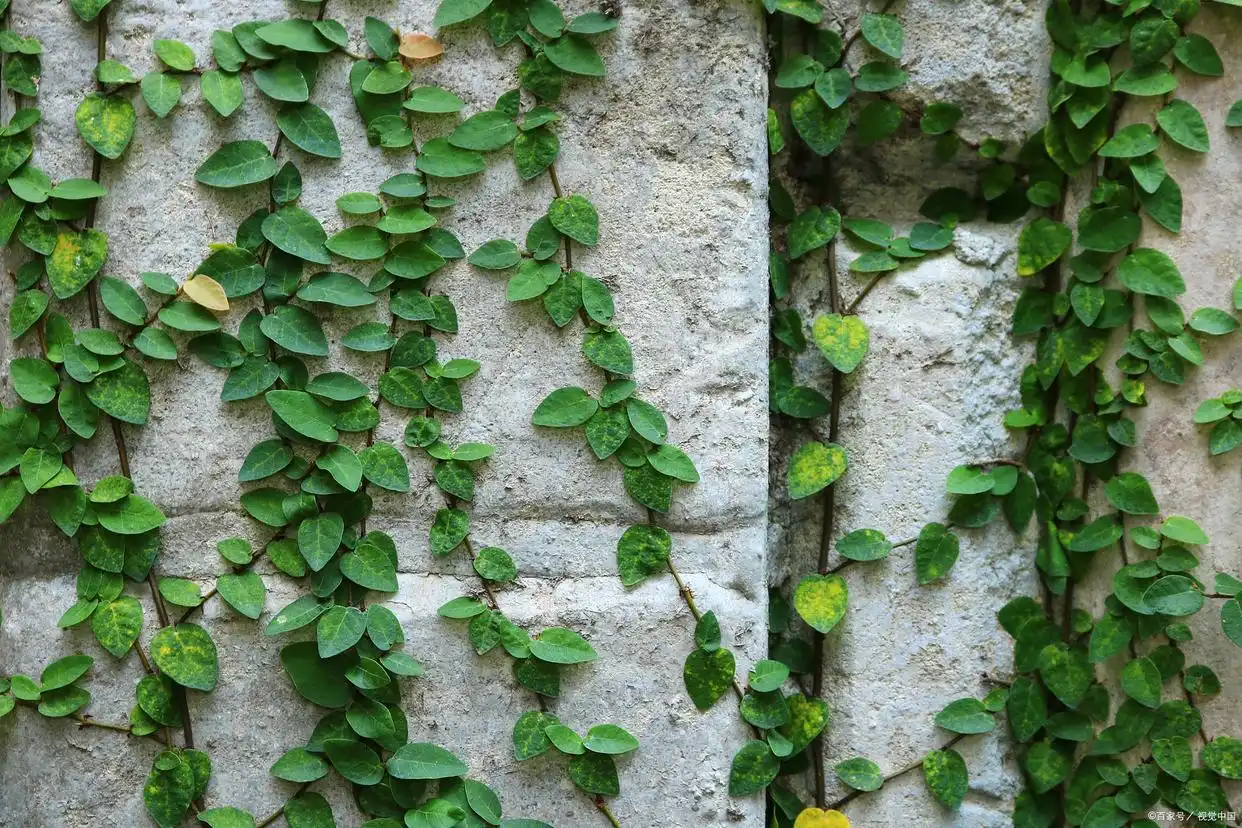Boston Ivy, as a common climbing plant, is deeply loved by gardening enthusiasts for its unique growth habits and beautiful appearance. Planting ivy can not only add greenery to the courtyard or balcony, but also provide shade and cooling effects. So, how to plant ivy? Next, we will provide a detailed introduction to the planting techniques of ivy from aspects such as seed selection, soil preparation, planting methods, and maintenance management.
First, choose high-quality seeds or cuttings before planting ivy.

. When selecting seeds, one should choose seeds with plump particles and no pests or diseases. Such seeds have a high germination rate and strong growth potential. If cuttings are chosen, healthy and pest free branches should be selected as cuttings, with a length generally between 10-15 centimeters and 2-3 bud holes.
2. Soil Preparation
Climbing tigers do not have high requirements for soil, but in order to ensure their healthy growth, they should still choose loose, fertile, and well drained soil.
. Before planting, the soil can be improved by adding appropriate amounts of humus soil, perlite and other media to enhance the soil's permeability and water retention. At the same time, it is necessary to ensure that there are no weeds, stones, or other debris in the soil to avoid affecting the growth of ivy.III. Planting Method
1. Seed Propagation: Soak the selected seeds in warm water for 24 hours, then remove and drain them, and sow them on the prepared soil surface.
. After sowing, gently cover the seeds with fine soil, with a thickness suitable for covering the seeds. Keep the soil moist and place it in a warm, well ventilated environment. After about a week, the seeds can germinate. When the seedlings grow to 5-6 centimeters tall, they can be transplanted.2. Cutting propagation: Insert the selected cuttings into the prepared soil at a depth of about one-third of the cuttings.
. After cutting, gently press the soil with your hands to ensure that the cuttings are in close contact with the soil. Keep the soil moist and place it in a semi shaded, well ventilated environment. After about two weeks, the cuttings can take root. After rooting, it can be transplanted.
4. Maintenance Management
1. Watering: Boston Ivy prefers a moist environment, but should not accumulate water.
. During the growth period, the soil should be kept moist, but not excessively wet. During high temperatures in summer, watering frequency should be increased to keep the soil moist. During low temperatures in winter, watering frequency can be reduced to prevent root rot caused by excessive soil moisture.2. Fertilization: The ivy does not have a high demand for fertilizer, but it can be fertilized appropriately during its growth period to promote its growth.
. When fertilizing, a compound fertilizer with balanced nitrogen, phosphorus, and potassium should be selected, and the fertilization should be carried out according to the instructions. After fertilization, watering should be done promptly to promote the absorption of fertilizer.3. Pruning: ivy grows rapidly and is prone to spreading.
. In order to maintain its beauty and cleanliness, it should be trimmed regularly. When pruning, dead branches, diseased branches, weak branches, and overly dense branches can be removed to promote their healthy growth. Meanwhile, the climbing direction of the ivy can be adjusted as needed to make it more aesthetically pleasing.4. Disease and pest control: Climbing tigers may be affected by diseases and pests during their growth process.
. Common pests and diseases include aphids, spider mites, powdery mildew, etc. When discovering pests and diseases, timely measures should be taken for prevention and control. Corresponding insecticides or fungicides can be sprayed for prevention and control, while taking preventive measures such as maintaining good ventilation and avoiding excessive humidity.V. Precautions
1. Climbing tigers prefer sunny environments, but during high temperatures in summer, they should avoid prolonged exposure to sunlight to prevent leaf burns.
.2. Boston Ivy has strong climbing ability and is easy to climb onto other plants or buildings.
. When planting, attention should be paid to selecting suitable planting locations to avoid damage to other plants or buildings.3. The growth rate of ivy is relatively fast, and it needs to be trimmed regularly to control its growth range. At the same time, it is also important to promptly remove debris such as fallen leaves and weeds to maintain a clean environment. Through the introduction of the above steps, I believe everyone has gained a deeper understanding of the planting methods of ivy. As long as the planting and maintenance management are carried out according to the correct methods, ivy can thrive and show its unique charm. Let's enjoy the fun of gardening together!